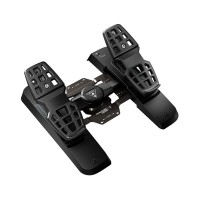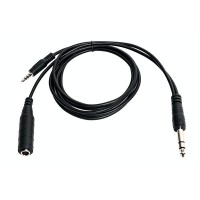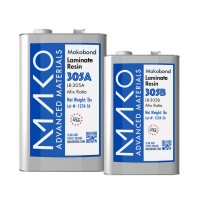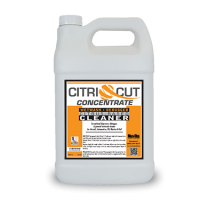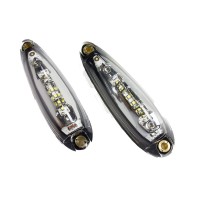THE AVIATION SUPERSTORE FOR ALL YOUR AIRCRAFT & PILOT NEEDS | 877-4-SPRUCE
J2F-2 Duck Model
$279.95/Each
Part# 13-10537
MFR Model# AJ2TE
MFR Model# AJ2TE
Overview
|
The Grumman J2F Duck was an American single-engine amphibious biplane. The G-15 was an improved version of the earlier JF Duck, differing by having a longer float.[1] It was ordered by the United States Navy as the J2F Duck. The J2F-1 Duck first flew on 2 April 1936 powered by a 750hp (559kW) Wright R-1820 Cyclone, and was delivered to the US Navy on the same day. The J2F-2 had a Wright Cyclone engine but boosted to 790hp (589kW). Twenty J2F-3 variants were built in 1939 for use as executive transports for the Navy with plush interiors. Pressure of work following the United States entry into the war in 1941 production of the J2F Duck was transferred to the Columbia Aircraft Corporation of New York. They produced 330 aircraft for the Navy and US Coast Guard. A surplus Navy Duck was converted for use by the United States Air Force in the Air/Sea Rescue role as the OA-12 in 1942. The J2F was an equal-span single-bay biplane with a large monocoque central float which also housed the retractable main landing gear. It had strut-mounted stabiliser floats beneath each lower wing. A crew of two or three were carried in tandem cockpits, forward for the pilot and rear for an observer with room for a radio operator if required. It had a cabin in the fuselage for two passengers or a stretcher. The Ducks main pontoon was blended into the fuselage, making it almost a flying boat despite its similarity to a conventional landplane which has been float-equipped. This configuration was shared with the earlier Loening OL, Grumman having acquired the rights to Loenings hull, float and undercarriage designs.[2] Like the F4F Wildcat, its narrow-tracked landing gear was hand-cranked. |
WARNING: Cancer and Reproductive Harm - www.P65Warnings.ca.gov. |
Q&A
Please note, Aircraft Spruce ®'s personnel are not certified aircraft mechanics and can only provide general support and ideas, which should not be relied upon or implemented in lieu of consulting an A&P or other qualified technician. Aircraft Spruce ® assumes no responsibility or liability for any issue or problem which may arise from any repair, modification or other work done from this knowledge base. Any product eligibility information provided here is based on general application guides and we recommend always referring to your specific aircraft parts manual, the parts manufacturer or consulting with a qualified mechanic.








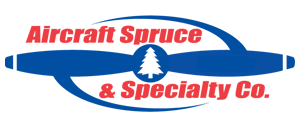 FREE Shipping
FREE Shipping
